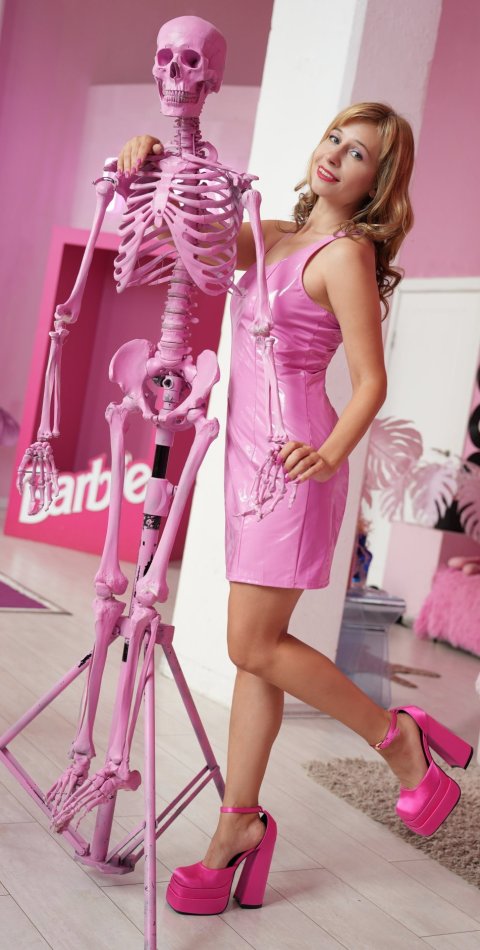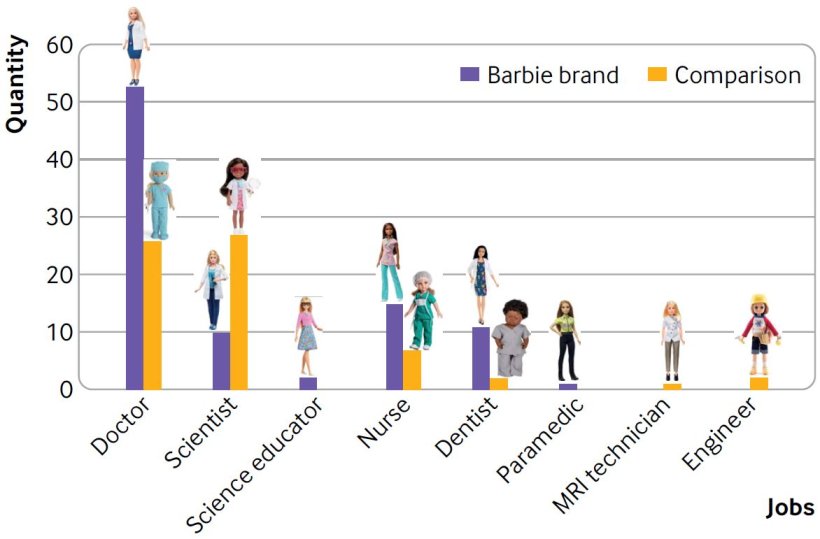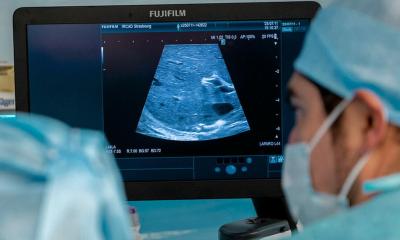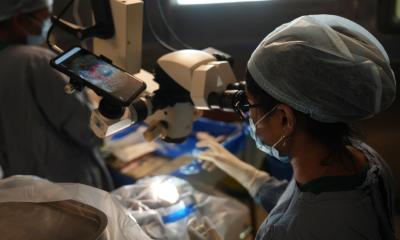News • Role model in surgery and more
Barbie should explore more medical and scientific professions, say experts
While Barbie’s career options have increased in recent decades, there is clearly still room for improvement.

Barbie should consider expanding her medical and scientific careers into areas where women and other under-represented groups remain a minority, suggests a study published in the Christmas issue of The BMJ.
The ever-popular fashion doll has been everything from a construction worker, teacher, and veterinarian to a judge, scientist, and medical doctor, symbolising careers that children can aspire to one day hold. But no previous studies have analysed Barbie medical professional and scientist dolls to determine the kinds of professions they hold and their professional accuracy.
To fill this knowledge gap, researcher Katherine Klamer set out to identify the kinds of medical and scientific fields that Barbie dolls worked in compared with other career dolls and to determine whether they met clinical and laboratory safety standards. Her findings are based on analysis of 92 Barbie brand career dolls (53 doctors, 10 scientists, 2 science educators, 15 nurses, 11 dentists, and 1 paramedic) and a comparison group of 65 non-Barbie brand career dolls (26 doctors, 27 scientists, 7 nurses, 2 dentists, 2 engineers and 1 MRI technician) from July to November 2023.

Image source: Klamer K, BMJ 2023 (CC BY 4.0)
Doll careers were identified by visually analysing clothing, accessories, and packaging, and their personal safety accessories were assessed according to Indiana University guidelines. Barbie brand career dolls were overwhelmingly depicted as adult (98%), female (93%), and white (59%) and no doll was depicted as having a visible disability. Of the comparison dolls, 32% were white and one doll had a prosthetic arm. Barbie brand medical professional dolls largely treated children (66%), with only three dolls (4%) depicted working with adult patients.
Other than three ophthalmologist dolls, all Barbie brand doctor dolls appeared to have either no specialty or were pediatricians with no apparent subspecialty. Barbie brand dolls often came with items, such as laboratory coats, microscopes, stethoscopes, and glasses. However, no doll fully met professional safety standards for their respective fields. For example, 98% of the Barbie brand doctor dolls came with stethoscopes, but only 4% had face masks and none had disposable gloves.
More than two thirds of Barbie brand female medical professional and scientist dolls also wore loose hair, and more than half wore high heeled shoes, even in settings where this would be discouraged or actively prohibited for safety reasons. Of the 12 scientist Barbie brand dolls, none met all proper personal protective equipment requirements related to hair and clothing.
With an expanded line, Barbies can be inspirational to young girls’ views of surgeons and scientists, rather than allowing these careers to be aspirational
Cornelia Griggs, Sophia McKinley, Erika Rangel, Sareh Parang
While comparison dolls offered a wider range of age and ethnic groups than the Barbie doll group did, the dolls similarly struggled to portray a wide range of medical and scientific subfields and most comparison dolls did not wear proper personal protective equipment. The author acknowledges that no in-depth statistical analysis was used, and while every effort was made to include as many medical professional and laboratory scientist dolls as possible, some dolls may have been overlooked. Nevertheless, she says themed dolls help to inspire tomorrow’s medical professionals and scientists and she urges all toy companies to create better, more accurate, and professionally diverse medical professional and scientist dolls.
“For young girls’ sakes as much as her own, Barbie must keep shattering glass ceilings,” she concludes. “As surgeons in decidedly male dominated fields, we support Klamer’s conclusion that Barbies should represent a more diverse field of medical and scientific professions and that safety comes before fashion,” say Sareh Parangi and colleagues in a linked editorial.
They note that female medical students are still disproportionately discouraged from pursuing surgical careers even at prestigious institutions, and say perhaps a childhood of playing with neurosurgeon Barbie or trauma surgeon Barbie could inoculate girls against sexist career assumptions and advice. “We encourage and would welcome the creation of a surgeon Barbie, and would be happy to advise Mattel on the correct accompanying equipment and PPE to make sure the doll is realistic and fun,” they add. “With an expanded line, Barbies can be inspirational to young girls’ views of surgeons and scientists, rather than allowing these careers to be aspirational,” they conclude. “What better way than to have Barbie be the first as she has done in the past?”
Source: BMJ
23.12.2023











